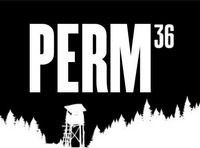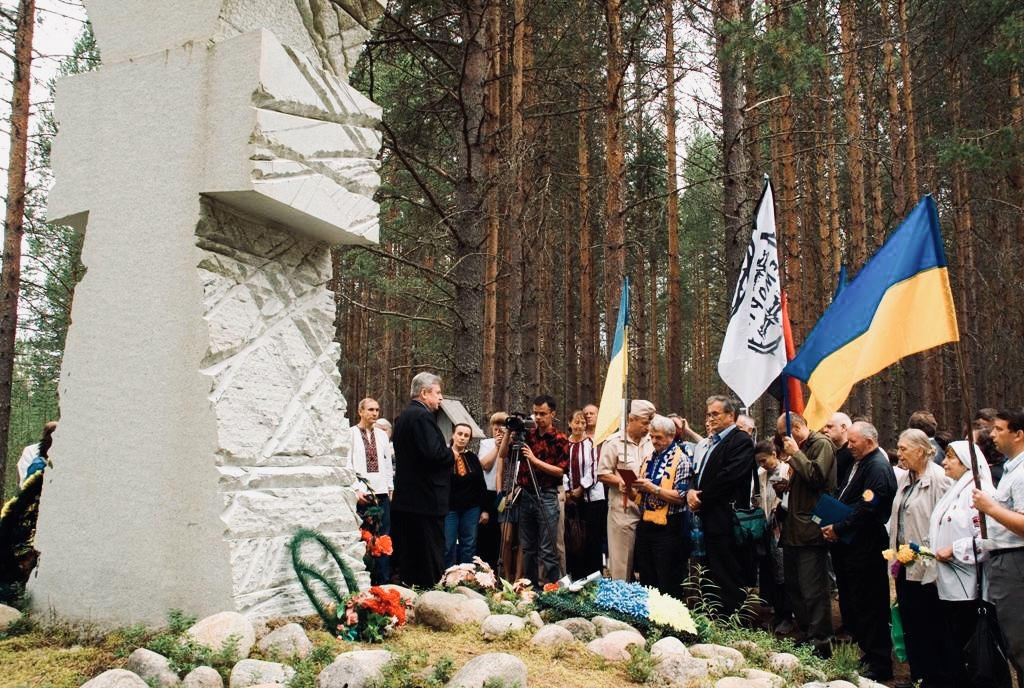On November 3, 1937, in the Sandarmokh forest, the Bolsheviks physically exterminated almost the entire elite of the Ukrainian intelligentsia — writers, poets, playwrights, artists, sculptors, scholars, directors, and historians.
This mass execution became a symbol of the “Executed Renaissance” — a generation of Ukrainian cultural figures destroyed for their love of their country and language.
The “guilt” of most of them lay only in the fact that they created in the Ukrainian language and embodied the Ukrainian national spirit.
Among those executed were Les Kurbas, Mykola Zerov, Mykola Kulish, Valerian Pidmohylnyi, Pavlo Fylypovych, Myroslav Irchan, Marko Voronyi, and many other outstanding representatives of the Ukrainian intellectual elite.
In a single day — November 3, 1937 — more than one hundred Ukrainians were executed in Sandarmokh.
Over the course of four days, 1,111 prisoners from the Solovki Islands were killed.
According to approximate estimates, during the existence of the Solovki camps (then special NKVD prisons), about 50,000 people perished — among them thousands of Ukrainians who became victims of Stalin’s terror.
Sandarmokh is a place where the earth keeps the memory of people murdered for their language, culture, and dignity.
Sandarmokh is a crime with no statute of limitations.


